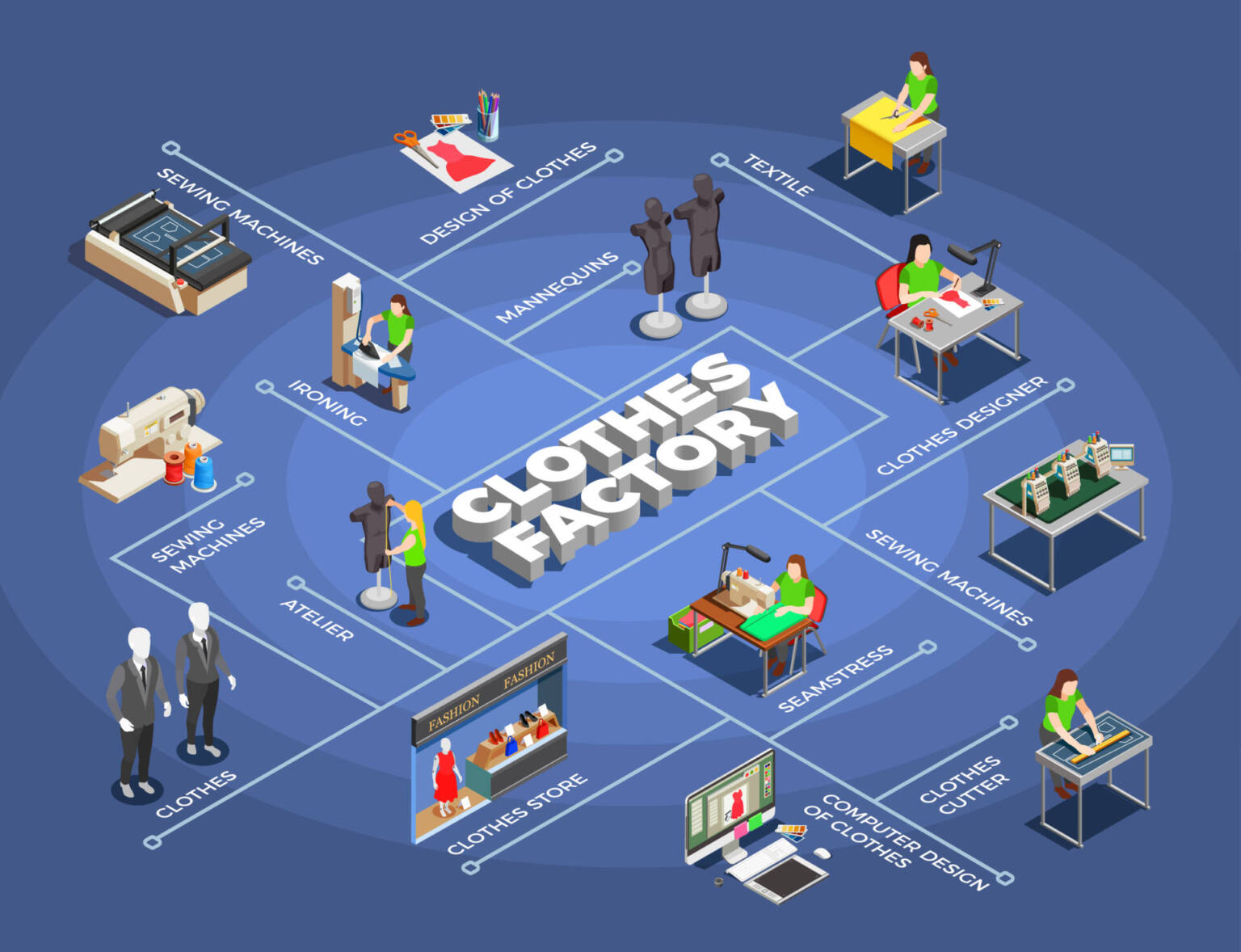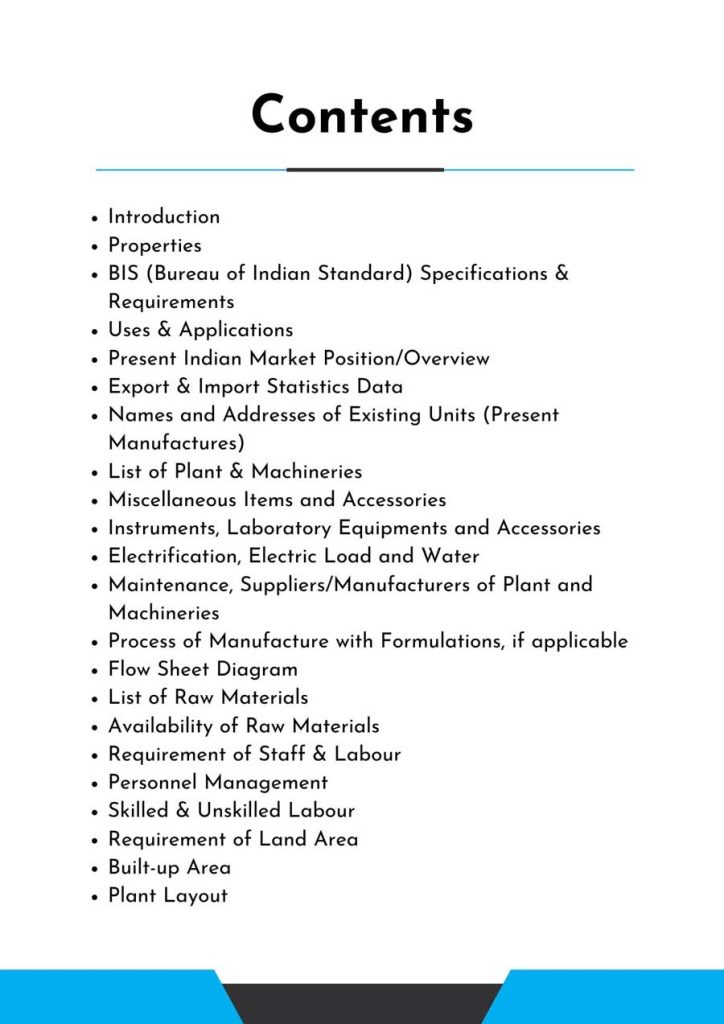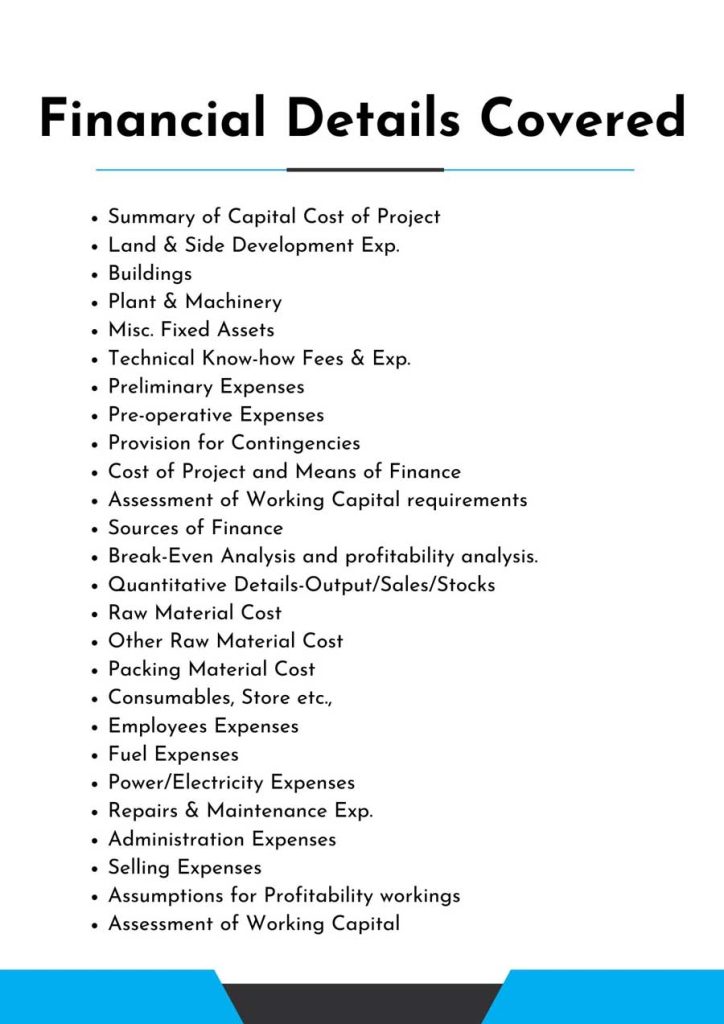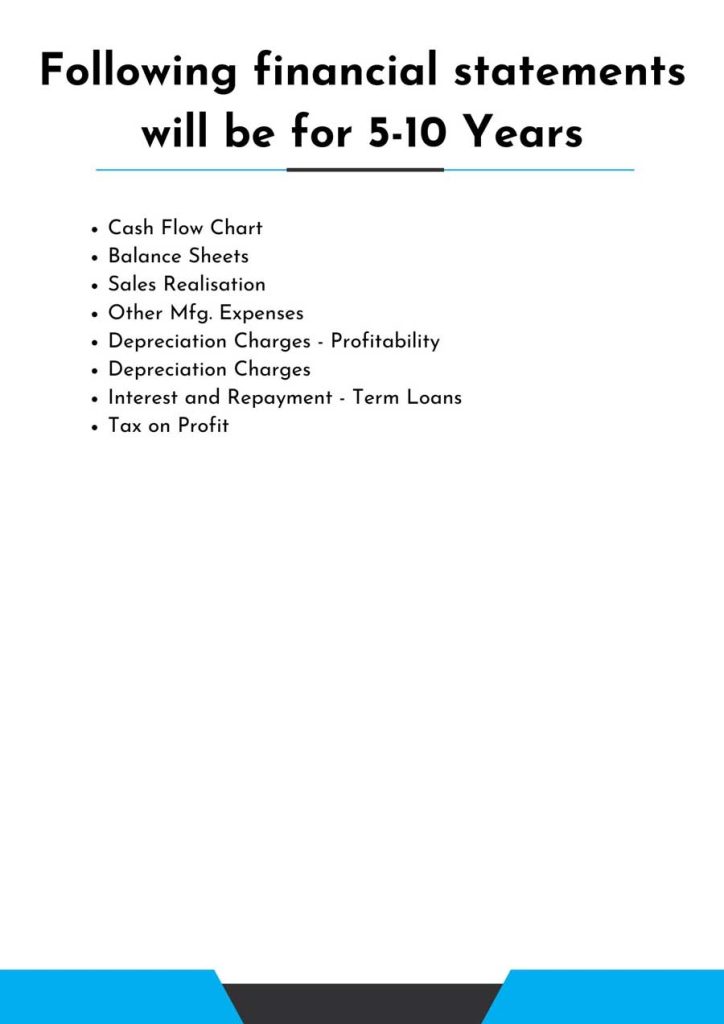Feasibility Report on Garment Manufacturing
The Indian garment industry is one of the oldest fabric and cloth manufacturing industries, which dates back to the Harappan civilization of 2500 BC.

What is Garment Manufacturing?
Feasibility Report on Garment Manufacturing.
The garment industry is composed of the trade and manufacture of clothing and garments. The foundation of the garment industry is the textile industry, which primarily produces cotton, wool, fur, and synthetic fibers as well, then comes the embroidery sector, followed by the fashion industry, and lastly, the apparel stores and shops.
The garment manufacturing industry in India is one of the largest national employment generating sectors, which offers direct employment to over 93 million people in the country. India is the 6th largest exporter of ready-made garments. The Indian textile industry is hugely varied with hand-spun and hand-woven products to products being produced from capital-intensive production mills and manufacturing companies.
The garment industry, like many other production industries like the food and beverage industry, relies on agriculture and various natural plants for their raw materials. The important textile and garment manufacturing centres of India are Ahmedabad (Gujurat), Surat (Gujurat), Tiruppur (Tamil Nadu), Mumbai (Maharashtra), Bangalore (Karnataka), Delhi, Ludhiana (Punjab), and Chennai (Tamil Nadu). The top players in the garment manufacturing industry of 2020 are:
- Raymond Ltd.
- Loyal Group
- Mandhana Industries Ltd.
- Alok Industries Ltd.
- Arvind Mill
- SEL Group
- Nahar Spinning
- KPR Mill
- Sutlej Textiles
- Bombay Rayon Fashions Ltd.
Feasibility Report Sample On Garment Manufacturing



Market Strategy Of Garment Manufacturing
The Indian garment manufacturing industry contributed 2% to the GDP of India in the financial year of 2018. The sector also contributed 12% to the export earnings and amounted to roughly 5% of the total global trade. The Indian textiles and apparel exports in mercantile shipments were 11% in FY19.
The industry provides direct employment to almost 93 million people in the country with almost 3.5 million workers employed in the handloom. The domestic market of the garment manufacturing industry in India stood at an estimated figure of $100 billion in FY19. the cotton production in the country reached about 35.4 million bales in 2020 and is expected to reach 36 million bales.
Cotton consumption is expected to reach 114 million bales by 2021. The production of fibre in 2019 was about 1.4 million tonnes and 1.6 million tonnes in 2020 while the yarn production in 2020 stood at around 4,762 million kgs. The exports of textiles, as of March 2021, stood at around $29.45 billion which included products from cotton yarns, made-ups, handloom, man-made yarn, handicraft, handmade carpets, jute, floor coverings, etc. This industry also witnessed Foreign Direct Investment worth around $3.68 billion from April 2000 to December 2020.
The pandemic brought the market to a disruptive halt during the national and worldwide lockdown. The labour force and the workforce suffered for their regular earnings while the global supply chain and cash flow faced a massive halt as well as several losses.
However, while there are very few chances of a third lockdown and due to the collaborated efforts of the Government and the public, it is hoped that the third wave of the pandemic will stay at bay. The market now has started to recover and is witnessing a huge online shift of sales and innovative marketing tactics along with new start-ups that guarantee quality and safety as well.
The country is working its way towards innovative and major initiatives to boost the technical textile industry. The pandemic has increased the demand for technical textiles in the form of PPE suits. The trend of natural recyclable materials and products has also caused the company to avoid foul play and to make sure the protection of the environment throughout the whole production process.
The retail sector has also witnessed rapid growth with consumerism and disposable income as well as the entry of various foreign companies into the market. The Government is also backing up the industry in its best capability through machinery sponsoring, technical development, promotions and different schemes and funding. The future holds a promise of further development and growth for this industry which would add Industries to the nation’s development.



